|
0 Comments
The Timing of Major Embryonic Developments Before Egg Laying Fertilization Division and growth of living cells Segregation of cells into groups of special function (gastrulation) Between Laying and Incubation Virtually no growth. Stage of inactive embryonic life During Incubation Day 1 Development of area pellucida and area opaca of blastoderm. Major developments visible under microscope: 18 hours, appearance of alimentary tract 19 hours, beginning of brain crease 20 hours, appearance of vertebral column 21 hours, beginning of formation of brain and nervous system 22 hours, beginning of formation of head 23 hours, appearance of blood islands 24 hours, beginning of formation of eyes Day 2 Embryo begins to turn on left side. Blood vessels appear in the yolk sac. Major developments visible under microscope: 25 hours, beginning of formation of veins and heart 30 hours, second, third and fourth vesicles of brain clearly defined, as is heart, which now starts to beat 35 hours, beginning of formation of ear pits 36 hours, first sign of amnion 46 hours, formation of throat Day 3 Formation of nose, wings, legs, and allantois begins. Amnion completely surrounds embryo. Day 4 Formation of tongue begins. Embryo completely separate from yolk sac and turned on left side. Allantois breaks through amnion. Day 5 Proventriculus and gizzard formed. Formation of reproductive organs and sex determined. Day 6 Formation of beak and egg-tooth begins. Main division of legs and wings. Voluntary movement begins. Day 7 Indications of digits in legs and wings are visible. Abdomen more prominent due to development of viscera. Day 8 Formation of feathers begins. Day 9 Embryo begins to look bird-like. Mouth opening appears. Day 10 Beak starts to harden. Skin pores visible to naked eye. Digits completely separated. Day 12 Toes fully formed. First feathers appear. Day 13 Scales and claws appear. Body fairly well covered with feathers. Day 14 Embryo turns its head towards blunt end of egg. Day 15 Small intestines taken into body. Day 16 Scales, claws and beak becoming firm and horny. Embryo fully covered with feathers. Albumen nearly gone and yolk increasingly important as nutrient. Day 17 Beak turns toward air cell, amniotic fluid decreases, and embryo begins preparation for hatching. Day 18 Growth of embryo nearly complete. Day 19 Yolk sac draws into body cavity through umbilicus. Embryo occupies most of space within egg except air cell. Day 20 Yolk sac completely drawn into body cavity. Embryo becomes chick, breaks amnion, starts breathing air in air cell Allantois ceases to function and starts to dry up. Day 21 Chick hatches! Source: SHELL Bumpy and grainy in texture, an eggshell is covered with as many as 17,000 tiny pores. Eggshell is made almost entirely of calcium carbonate (CaCO3) crystals. It is a semipermeable membrane, which means that air and moisture can pass through its pores. The shell also has a thin outermost coating called the bloom or cuticle that helps keep out bacteria and dust. INNER AND OUTER MEMBRANES Lying between the eggshell and egg white, these two transparent protein membranes provide efficient defense against bacterial invasion. If you give these layers a tug, you’ll find they’re surprisingly strong. They’re made partly of keratin, a protein that’s also in human hair.AIR CELLAn air space forms when the contents of the egg cool and contract after the egg is laid. The air cell usually rests between the outer and inner membranes at the egg’s larger end, and it accounts for the crater you often see at the end of a hard-cooked egg. The air cell grows larger as an egg ages. ALBUMEN The egg white is known as the albumen, which comes from albus, the Latin word for “white.” Four alternating layers of thick and thin albumen contain approximately 40 different proteins, the main components of the egg white in addition to water. CHALAZAE Opaque ropes of egg white, the chalazae hold the yolk in the center of the egg. Like little anchors, they attach the yolk’s casing to the membrane lining the eggshell. The more prominent they are, the fresher the egg. VITELLINE MEMBRANE The clear casing that encloses the yolk. YOLK The yolk contains less water and more protein than the white, some fat, and most of the vitamins and minerals of the egg. These include iron, vitamin A, vitamin D, phosphorus, calcium, thiamine, and riboflavin. The yolk is also a source of lecithin, an effective emulsifier. Yolk color ranges from just a hint of yellow to a magnificent deep orange, according to the feed and breed of the hen. EGG CELL This part would develop into a baby chick if it were to be fertilized. AIR POCKET The air pocket grows as water is released. The smaller the air pocket, the fresher the egg. References:
References:
|
|


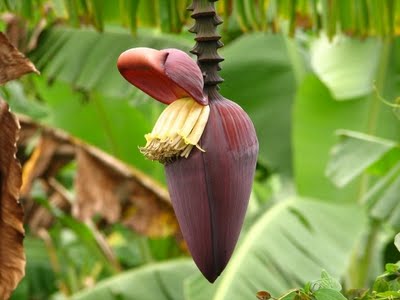

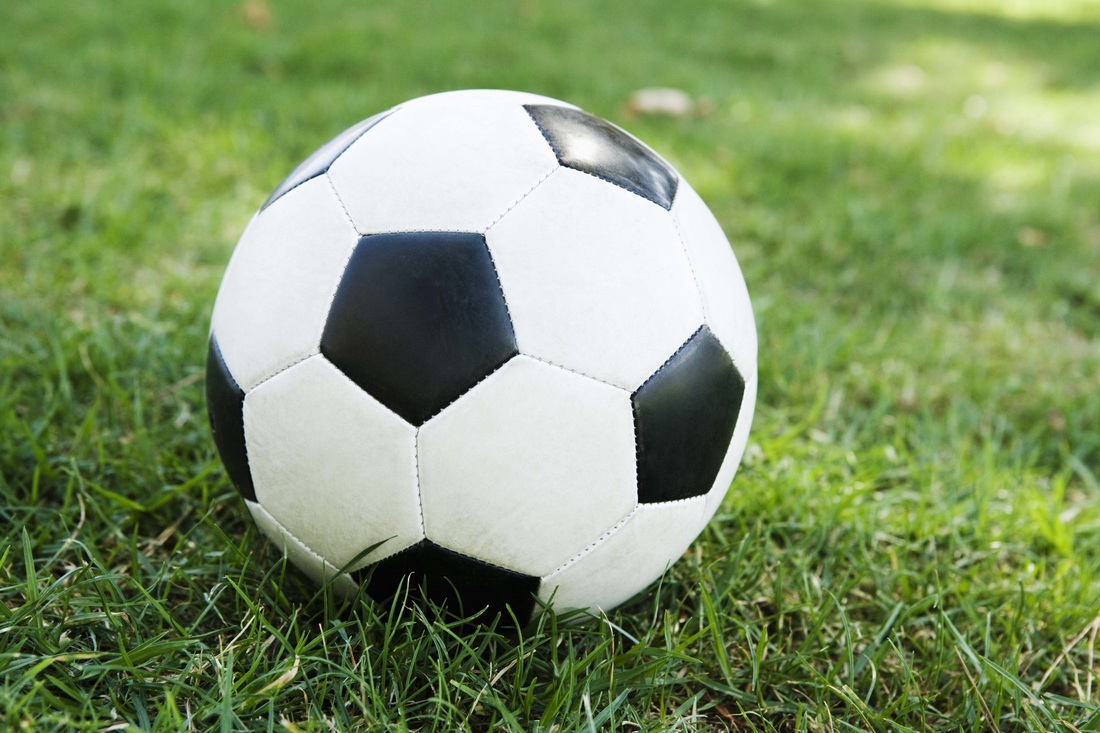
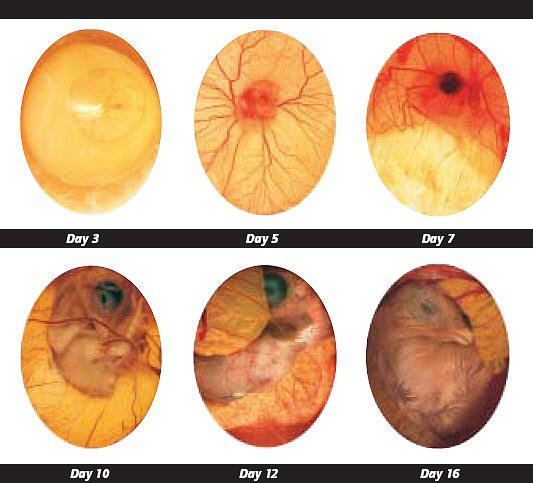
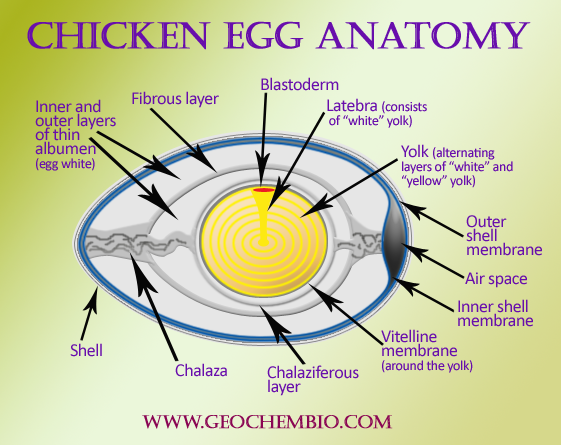
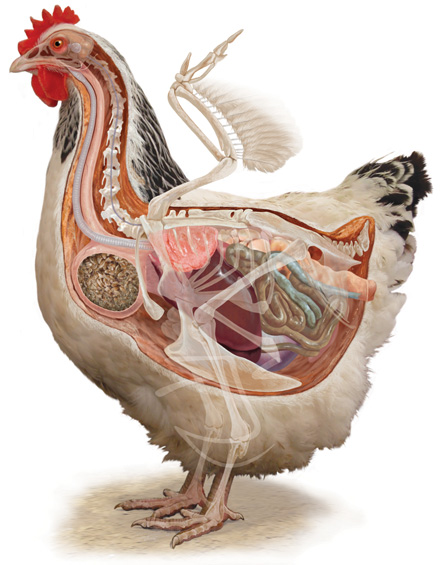
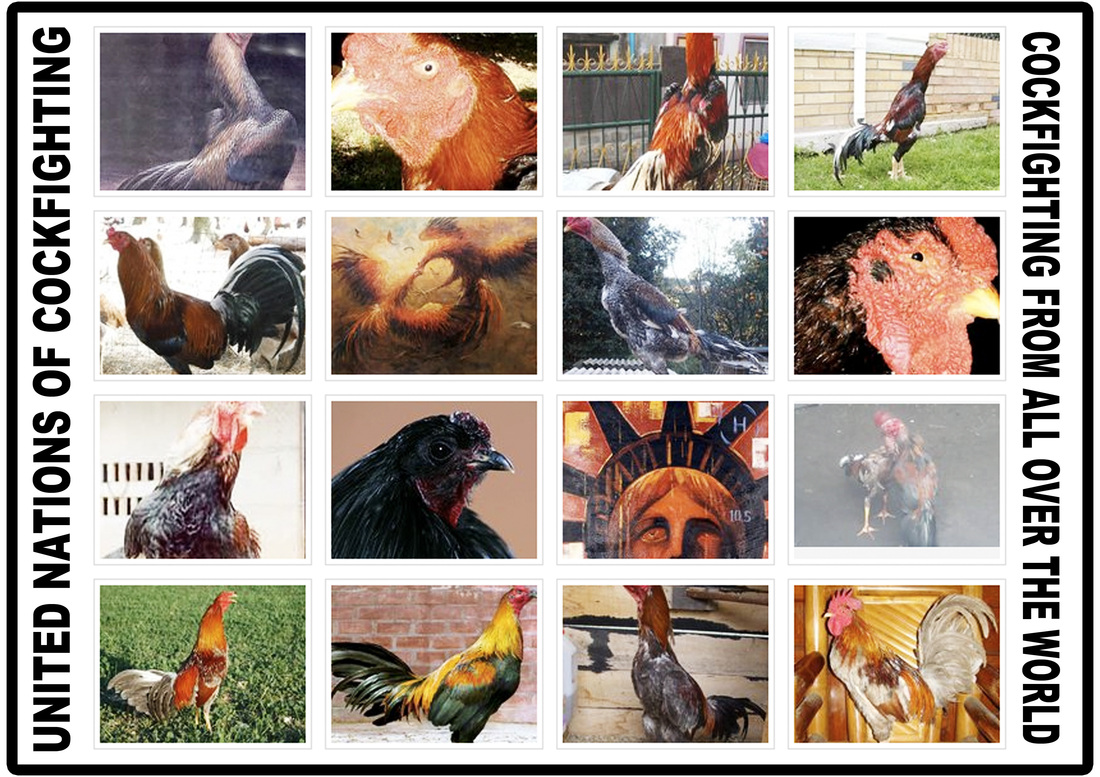
 RSS Feed
RSS Feed
